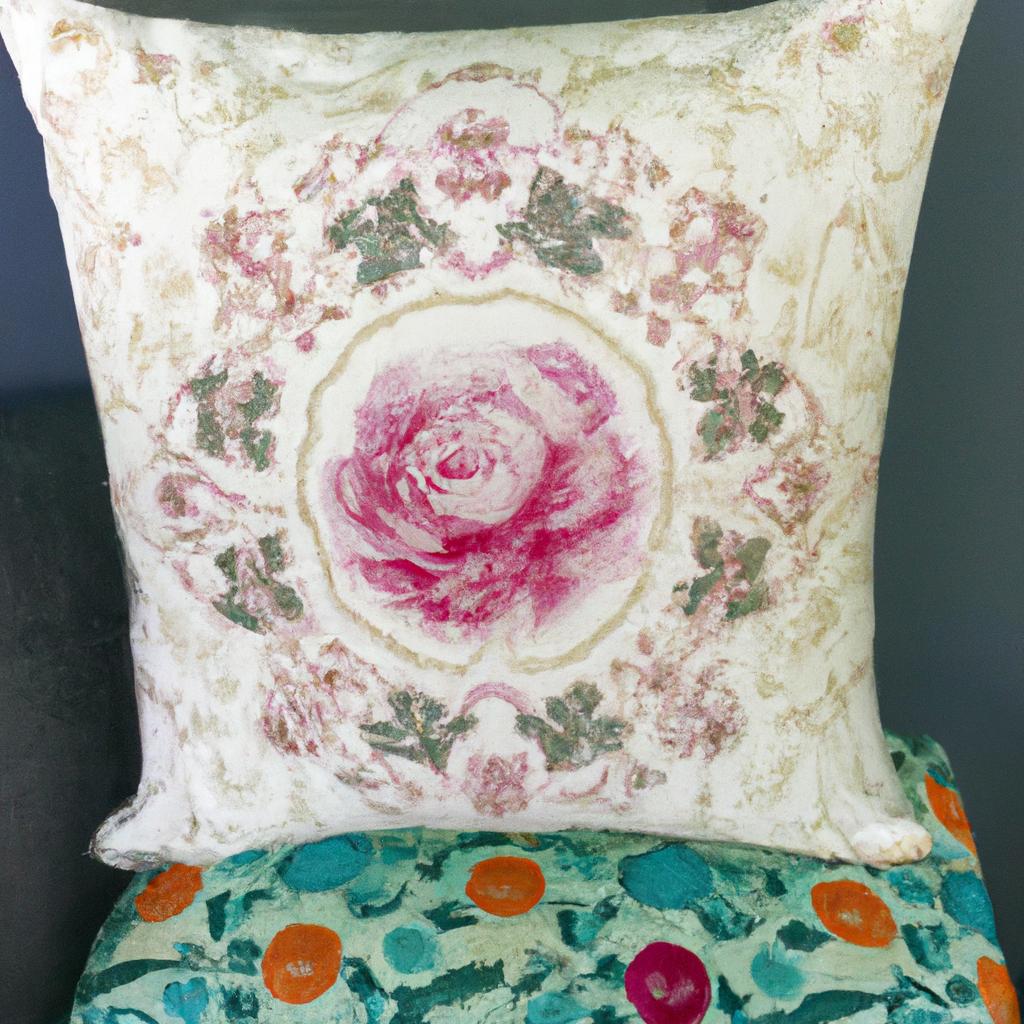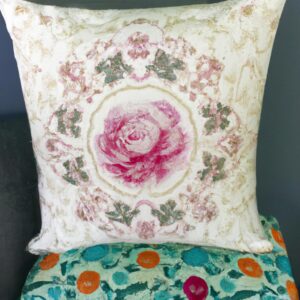Introduction
Interior design can be a daunting task. Where do you even begin? What style is the right fit for you? This guide seeks to help answer those questions. We will cover popular interior design styles, their unique characteristics, and how they can be used to create the perfect space for you.
From traditional to contemporary, industrial to mid-century modern, we will provide a comprehensive overview of all the major interior design styles. We will also provide helpful resources along the way to make it easier to find examples and gain inspiration as you plan your design.
Let’s get started!
Traditional Interior Design Style
If you’re looking for a timeless, sophisticated look in your home, traditional interior design is the perfect style for you. This classic style features luxurious textures as well as deep, warm colors such as hunter green, navy blue, and burgundy. Traditional rooms typically contain wood furniture and cabinetry with jewel-tone fabrics and golden accents.
In traditional design, patterns like plaid, pinstripes, and florals are common. Ornate details like crown molding, paneling, and scalloped edges are also used to add an extra touch of elegance. Additionally, luxury items like ornamental vases, gilded mirrors, and embroidered throws can be found in traditional-style homes. To complete the look, elaborate area rugs are usually part of the décor.
In order to achieve a traditional style, consider incorporating some of the following elements into your home: velvet upholstery, mahogany furniture, sculptured curtains, bronze hardware, and crystal chandeliers. By adding these items to existing décor, you can evoke the traditional feel in no time.
Contemporary Design Style
As the name suggests, contemporary design style is all about being modern and embracing current trends. This style is perfect for those who like to keep up with the times and inject a bit of freshness into their home interior. It is characterized by its focus on neutral colors, clean lines, and minimalism.
When it comes to color palettes, contemporary design favors the use of whites, greys, and other neutrals over bold patterns or bright primary colors. The idea is to create a soothing atmosphere that is peaceful and inviting. Additionally, furniture and decorations should have a streamlined look that follows sleek and angular lines, while keeping clutter to a minimum.
It’s also common to utilize metal finishes, such as stainless steel or chrome, for a modern and chic look. Natural materials can also be used, such as wood, stone, and glass, to create a unique and interesting space.
Overall, contemporary design style provides many options for creating a modern but comfortable atmosphere in your home. Whether you are looking to make a statement with bold geometric patterns or simply achieve a calming aesthetic, you will be sure to find something that fits your style.
Mid-Century Modern Style
Mid-century modern is a style originally popularized in the 1950s and 1960s, but it’s made a huge comeback in recent years. The mid-century modern look is characterized by angular shapes, bright colors, and funky patterns – making it perfect for those looking to make a statement with their interior design. This style also typically incorporates a mix of materials, such as wood, metal, and stone.
When using mid-century modern elements in your home, it’s important to be mindful of the balance between vintage and modern. For instance, if you use vintage-inspired furniture or light fixtures, try balancing those with more modern pieces like art or mirrors. Additionally, color schemes are important when creating a mid-century modern look. Choose colors that fit within the mid-century palette such as warm golds, teal, navy, and mustard yellows. To add some texture to the space, consider adding natural elements such as jute rugs or rattan furniture.
With this style, it’s important to pay attention to the little details. By playing with different prints and textures, you can create a truly unique mid-century modern look. For example, you can mix in bold stripes or geometric prints with softer fabrics like velvet or leather. Additionally, don’t forget about accessories! Most mid-century modern homes feature a variety of interesting pieces such as ceramic planters or vintage suitcases.
Remember, mid-century modern design is all about making a statement. Don’t be afraid to have fun with it and add your own personal touch. By experimenting with different textures, colors, and accessories, you can find the perfect look for your home.
Scandinavian Style
The Scandinavian style of interior design is considered to be one of the most popular and timeless looks for homes. It combines modern minimalism with natural materials and plenty of greenery, which makes for a cozy and inviting atmosphere.
This style typically features clean lines and an abundance of light to create a bright and airy space. The color palette often consists of whites and neutrals, with pops of muted colors such as blues, greens, and browns. Furniture pieces are typically minimal in design, with simple lines and a focus on comfort.
The use of natural materials is a key feature of this style. Wood, stone, and metal finishes are commonly used throughout a home, while fabrics often include linen, cotton, and wool. Greenery is also essential in the Scandinavian style. Potted plants are often used to add vibrancy and life to a room, while also helping to create a connection between indoors and outdoors.
Lighting is another important element in this design style. Natural light is preferred, so large windows or skylights are often used. If artificial lighting is needed, it should be minimal and unobtrusive, such as simple pendants or wall sconces. Finally, walls are typically painted white to create a crisp and calming atmosphere.
Industrial Style
If you are looking for a style that celebrates raw materials, industrial interior design is the way to go. This style has been gaining popularity over the last few years and focuses on exposing unfinished elements including brickwork, metal finishes, and aged wood. Industrial interiors draw inspiration from old factories and warehouses, combining bumpy textures and urban details for a unique look.
Exposed brickwork is a classic feature of industrial spaces. It brings character and texture to any room and works best when combined with other raw materials like wood or metal. Metal finishes, such as copper, stainless steel, and iron, can be used to create accent pieces like lighting fixtures or furniture. In addition, aged wood adds warmth, texture, and character to any space, and can be used to construct furniture or decorative pieces.
To get an authentic industrial look, it’s important to pick the right color palette. Grayscale colors, especially pure white, are typically the base of this style. Neutral shades like tan, gray, and black can be added to create an overall monochromatic palette. To add pops of color, vibrant oranges and deep blues work great.
When decorating your space with an industrial look, focus on mixing materials and textures to create balance. Try to keep the design simple by using mostly monochromatic items and include only a few bright accents here and there. By playing with texture and materials you can easily achieve a unique, modern take on industrial style.
Conclusion
Interior design is an art form just as much as a science. It is the perfect combination of both to create a space that is both pleasing to the eye and practical in terms of functionality. This guide has discussed the traditional, contemporary, mid-century modern, Scandinavian, and industrial styles in depth, giving you an insight into the different elements that each incorporate.
When deciding on the best style for your space, you should consider which elements are most important to you and how they fit into your lifestyle. Whether it be bright colors, sleek lines, natural materials, or something else, choose a style that will reflect your personality and make your living space a true reflection of who you are.
If you need further help researching styles or finding examples, there are plenty of resources online. Professional interior design blogs, magazines, and websites offer great visuals to help you decide on the perfect option. You can also find many helpful books and guides to help you on your journey.
comments: 0

